One of the great benefits of being a commoner is getting to explore the heathland and woods in search of my ponies. No matter what time of year the New Forest is a place of breath taking scenic beauty. The wildlife I encounter on my walks adds additional interest and every now and then I am rewarded for my vigilance by the sight of something out of the ordinary, which at this time of year could be the migratory Forest species of Dartford warbler. For me, even in the bleak wintertime the heathland is filled with colour. When I look across the landscape I see hues of umber, beige, brown and green that blend beneath the cold blue sky. The banks of gorse are peppered with yellow pricks of colour that blend with the rust of the bracken. However, every now and then I see something unusual in the landscape that looks alien against the natural backdrop. I perceive at first a colour or shape that is not consistent with its surroundings. Upon investigation it invariably turns out to be a discarded food or drink container that has been tossed away or worse still a bag filled with dog excrement that has been hung upon a bush or tree branch.
Impromptu litter-picks
According to figures from the New Forest National Park Authority the New Forest the New Forest has more visitors per square kilometre than any other national park (7.5 visits/km2). In fact the total visitor volumes using the New Forest Park is estimated at 13,555,400 visitor days (excluding business tourists and personal and social visits to friends and relatives). Thankfully, when the number of visitors is considered in relation to the incidences of litter, such acts of thoughtlessness are generally uncommon. But even so, litter and dog mess has a significant impact on visitor satisfaction levels. Worse than that, litter is a real threat to the health of commonable animals and to wildlife. Foals and calves are particularly susceptible to choking or getting severe colic from ingesting plastic food wrappers. Birds and small mammals can become trapped or injured by discarded bottles or cans. My walks on the Forest in search of my ponies often turn into impromptu litter-picks. I really don’t understand the people that come to such a beautiful place and desecrate it in this way. So, if you go out on the Forest and see litter pick it up, even if it is not yours, the free-roaming stock, wild animals will certainly thank you for it.

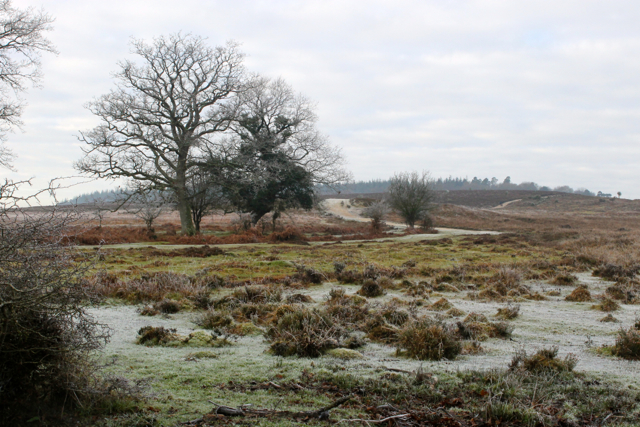
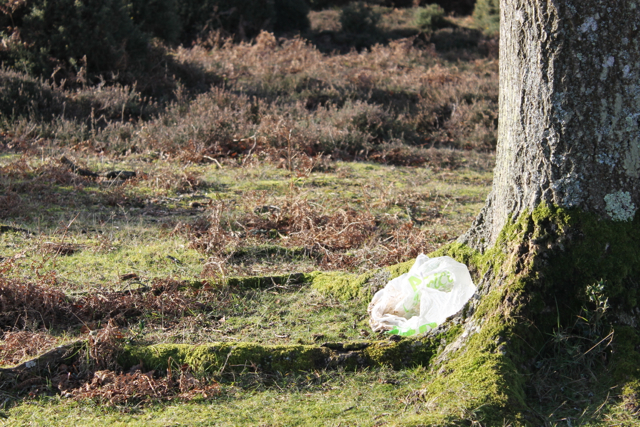
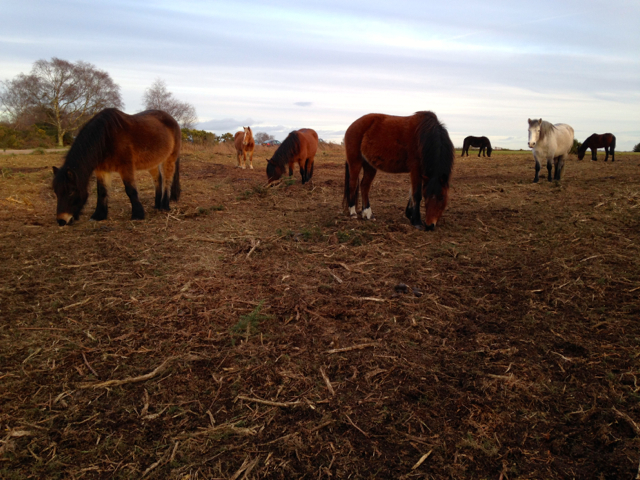

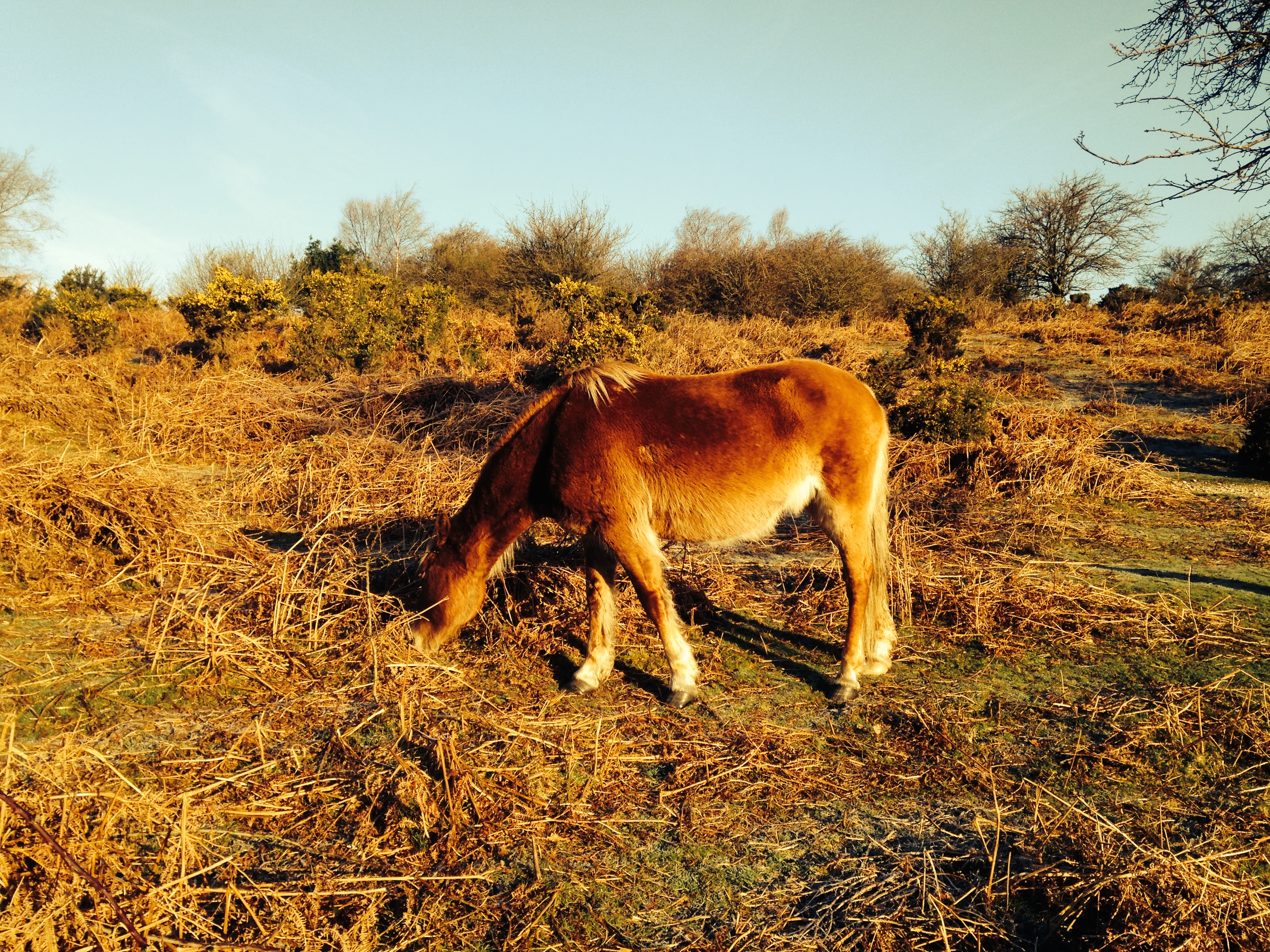
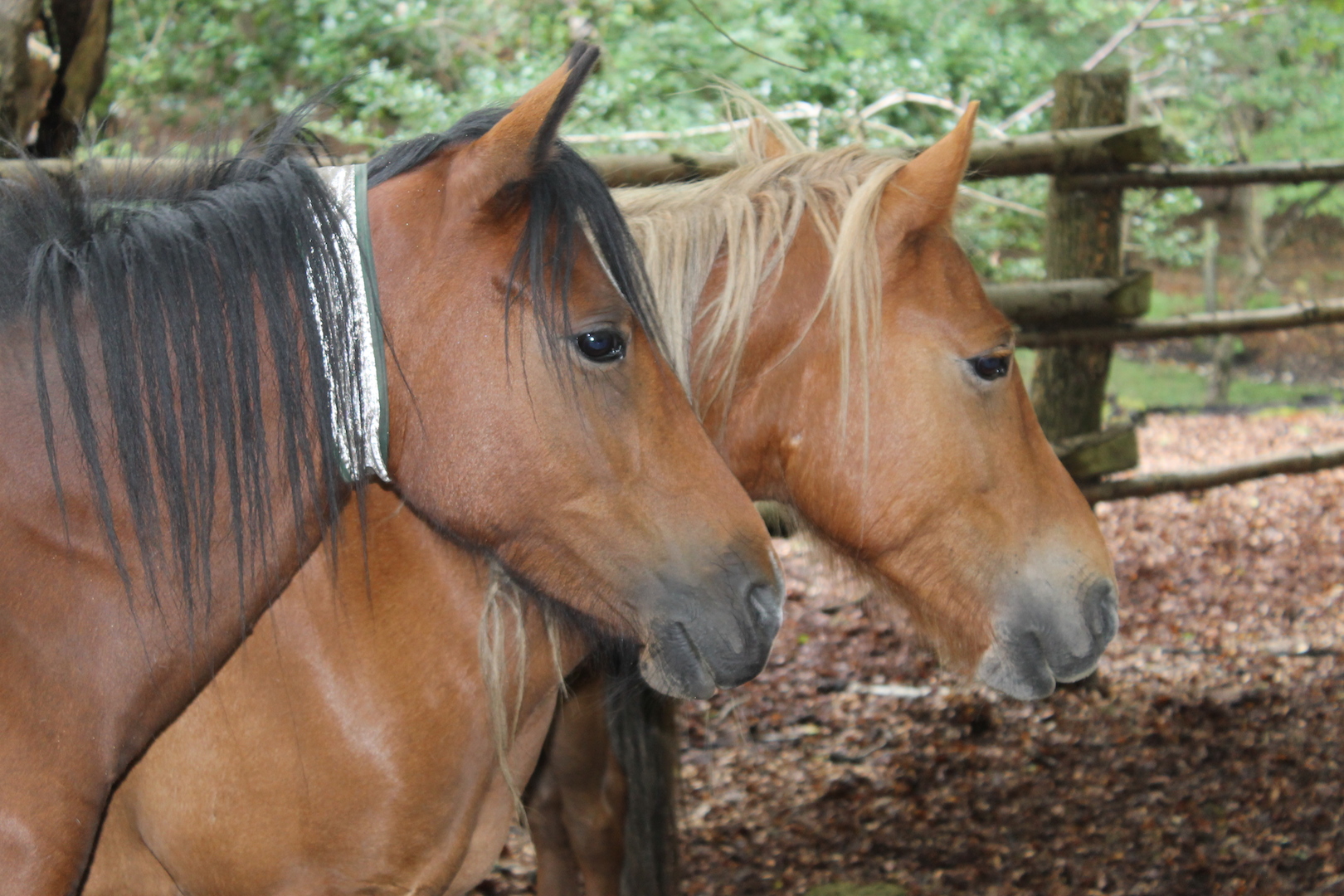
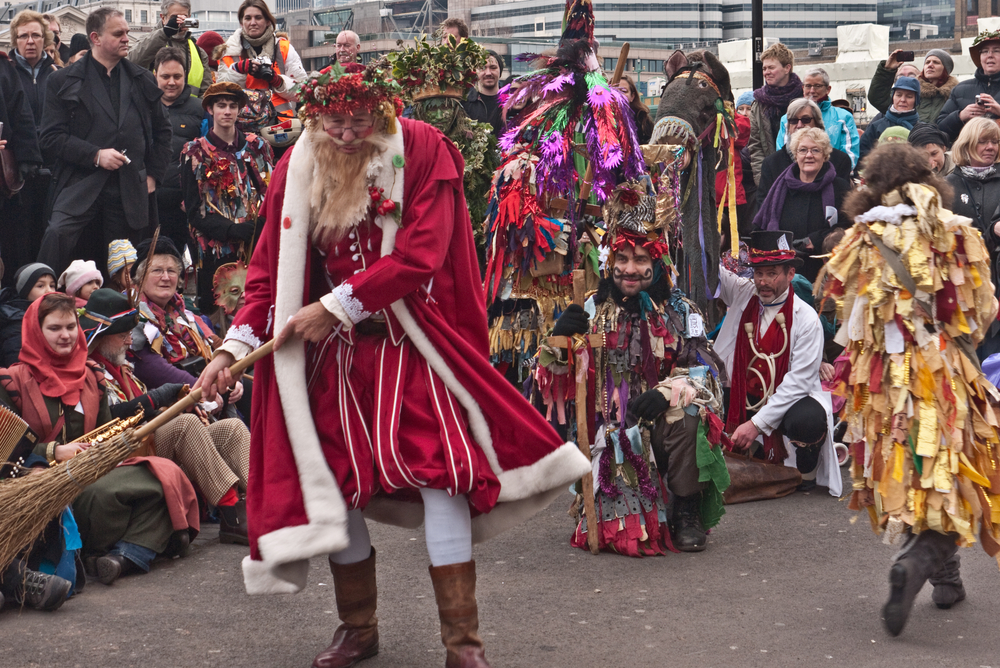

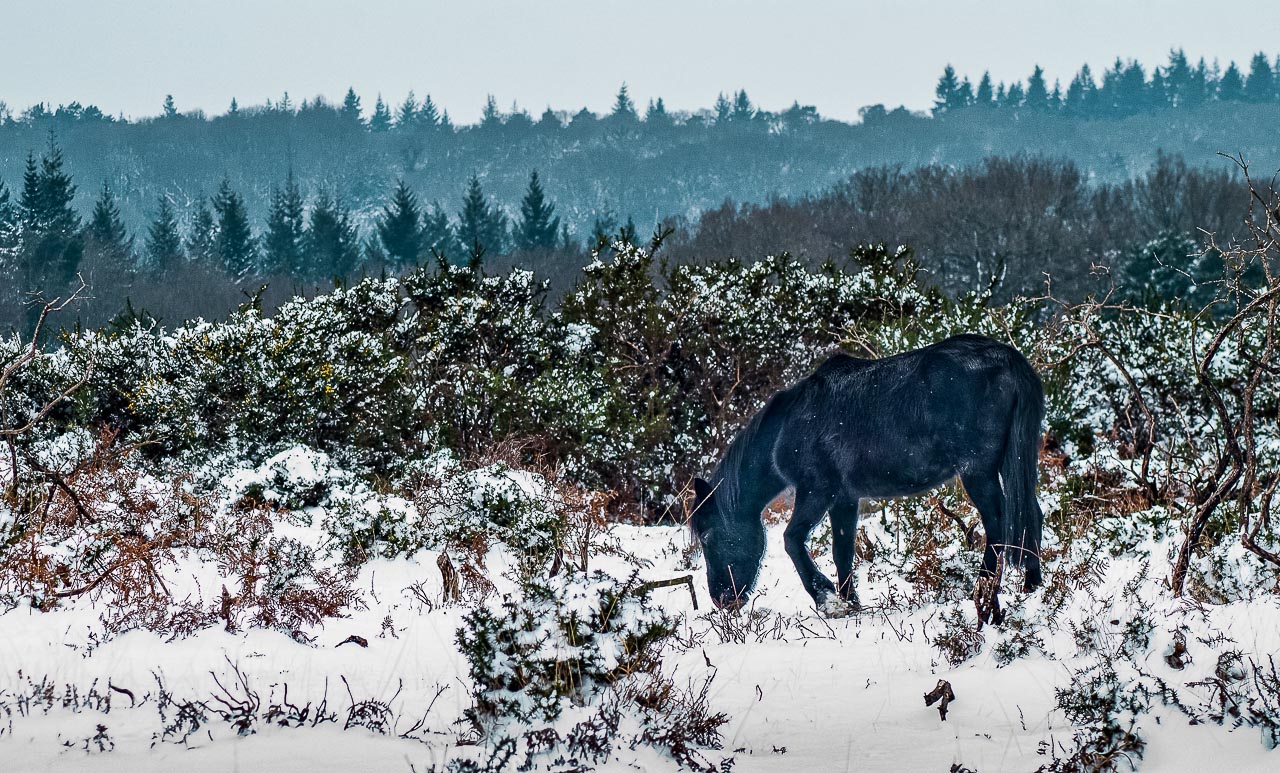
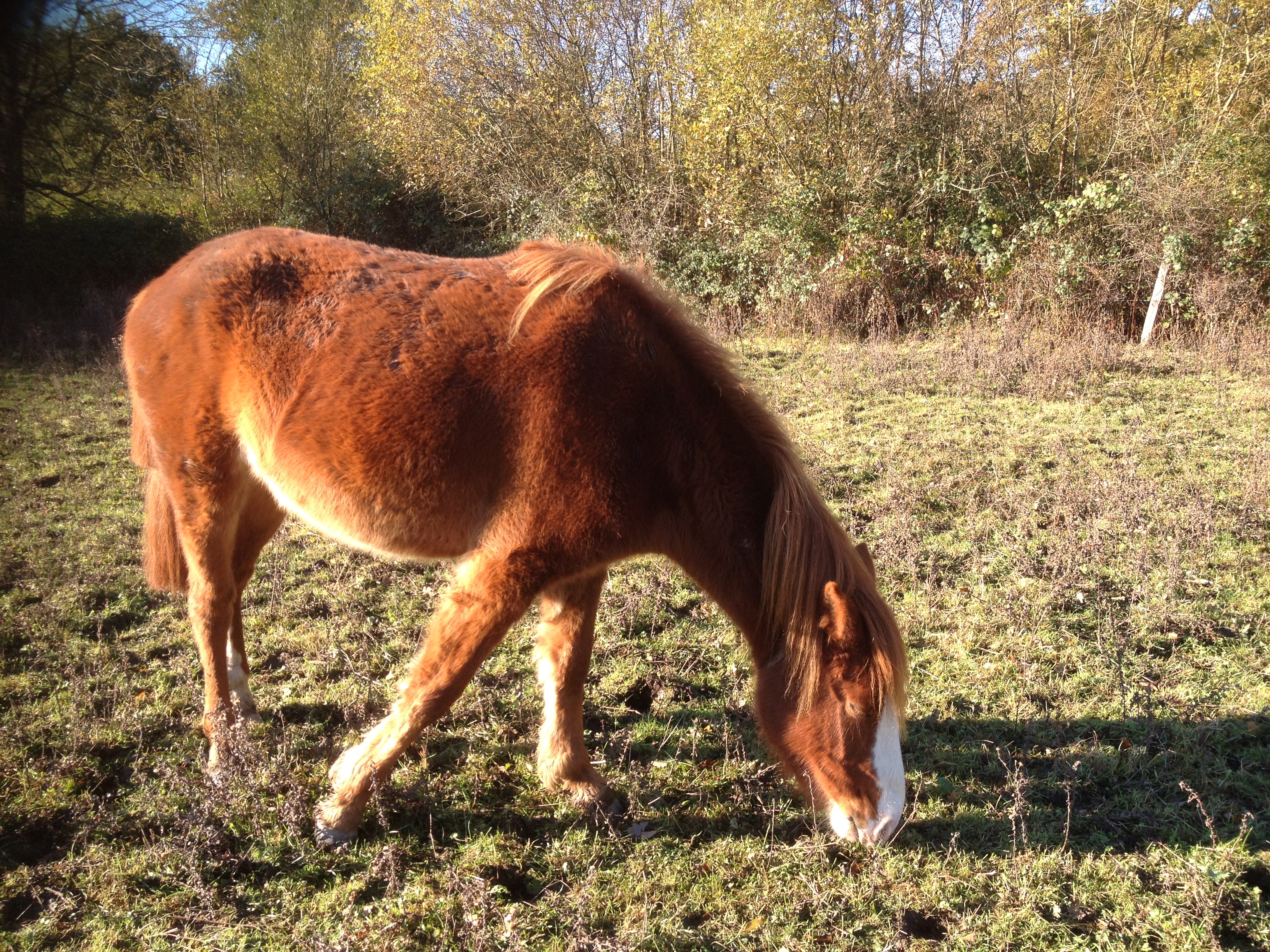
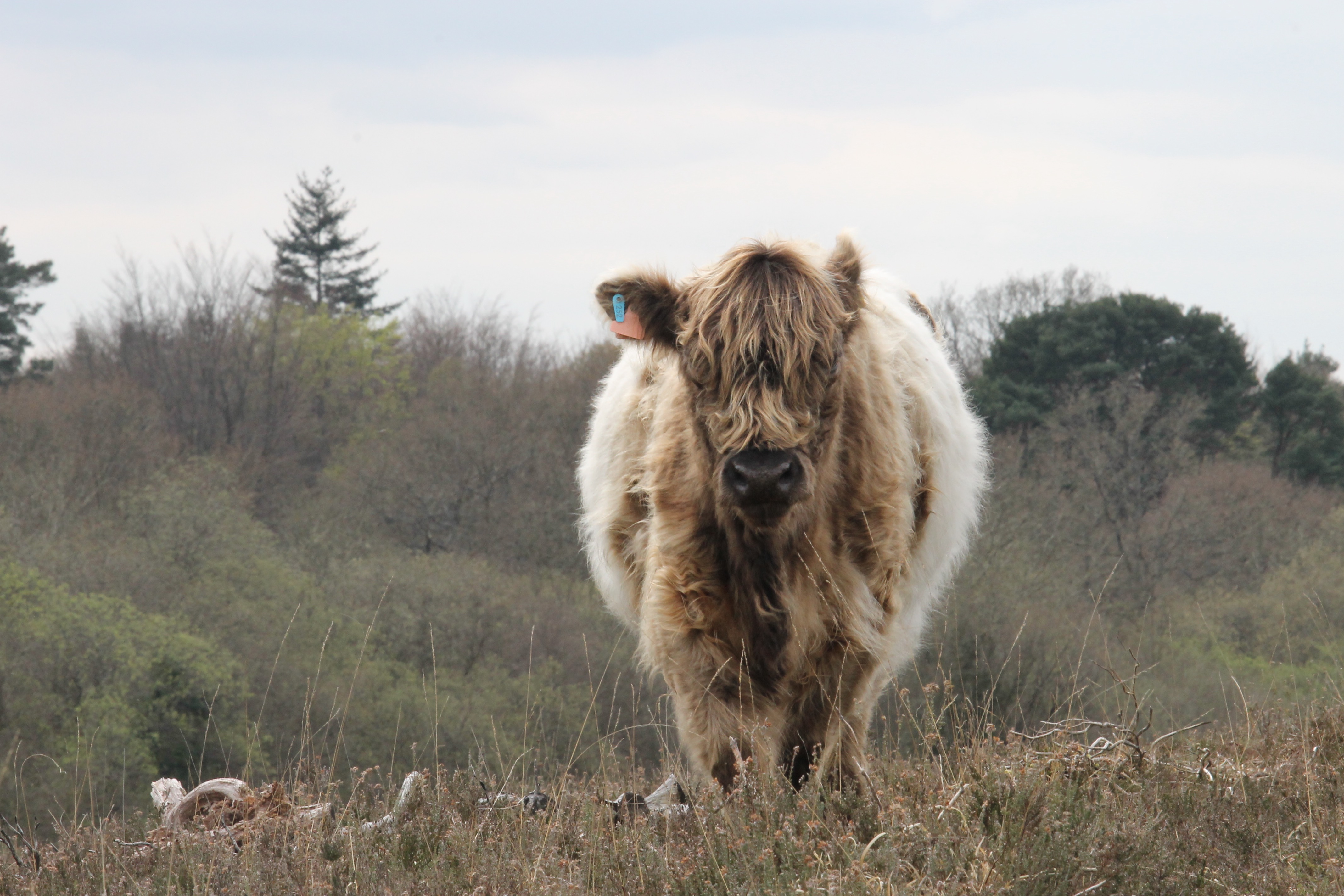
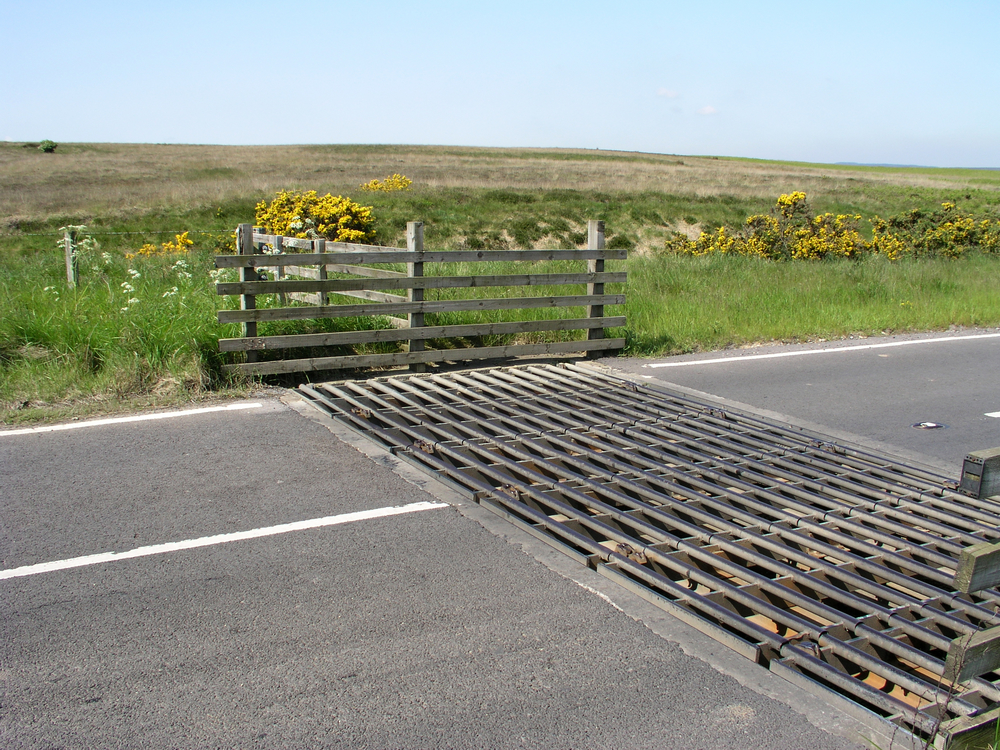
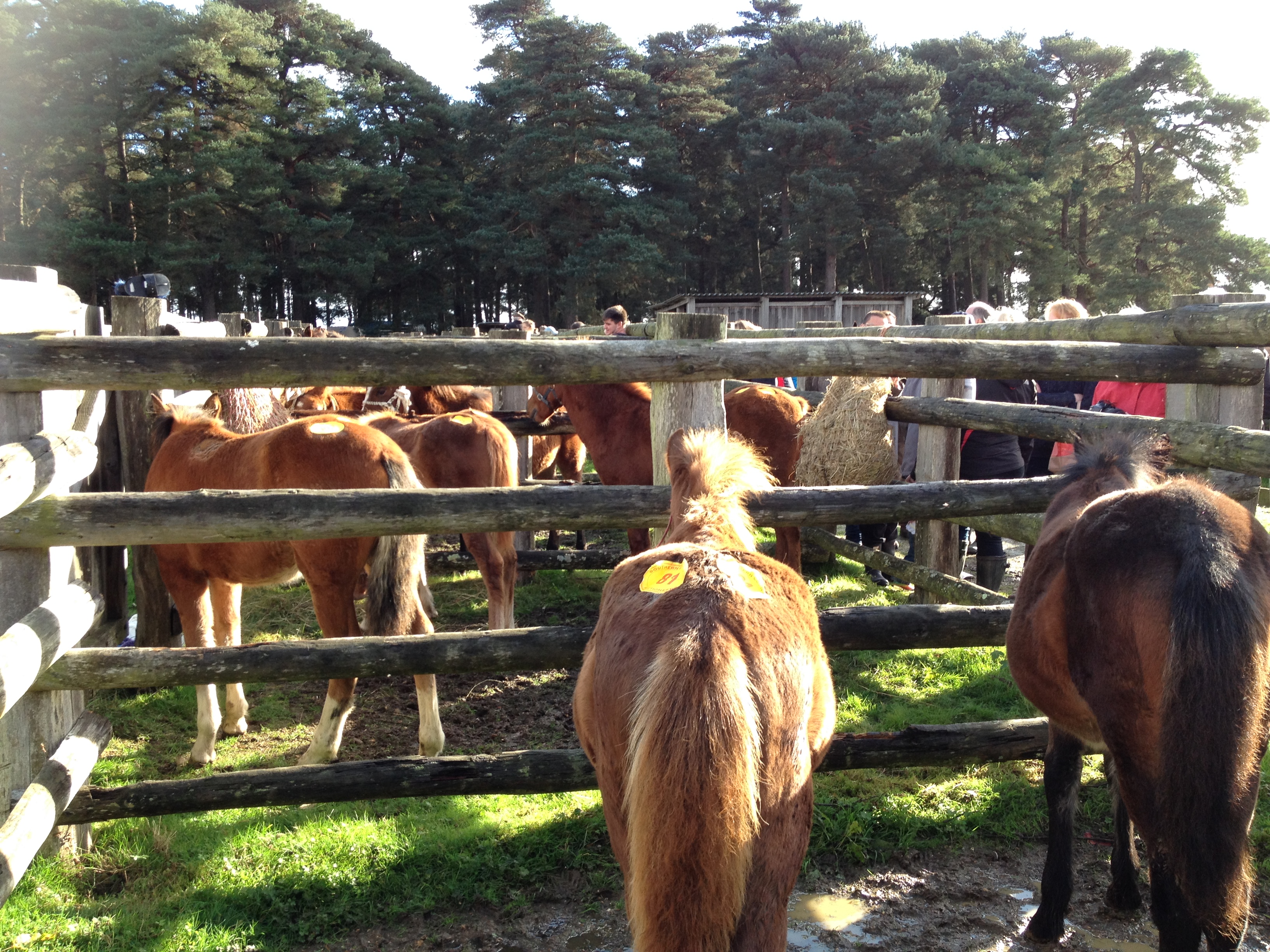
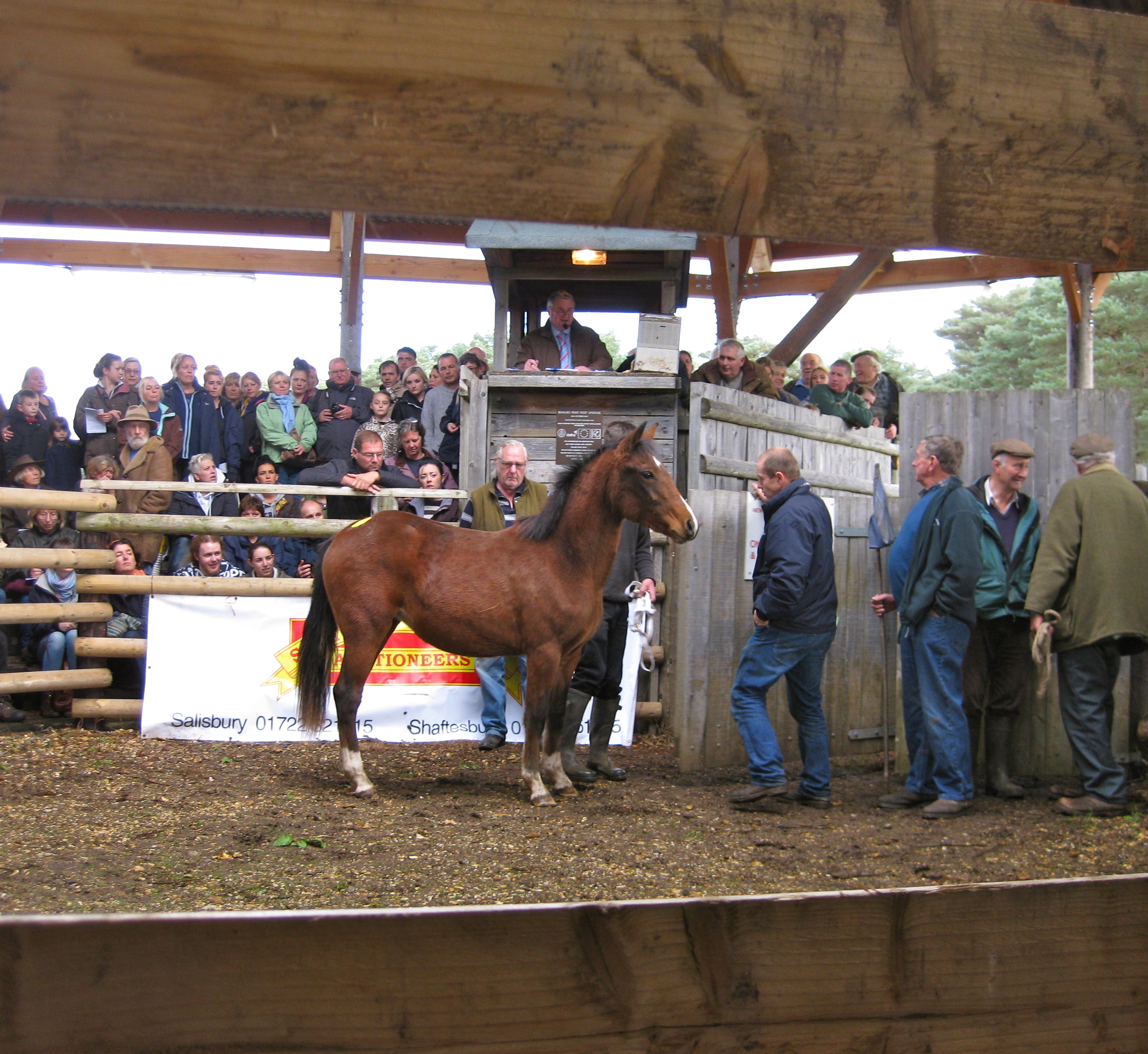
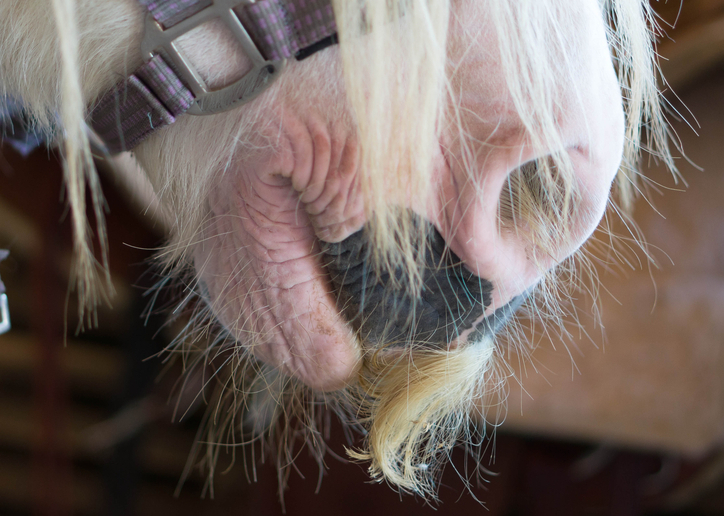

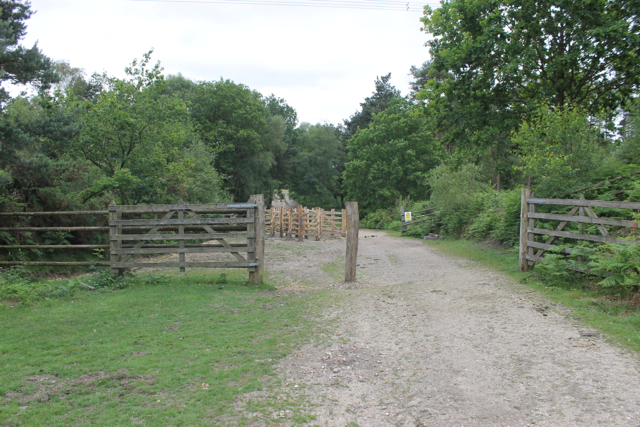
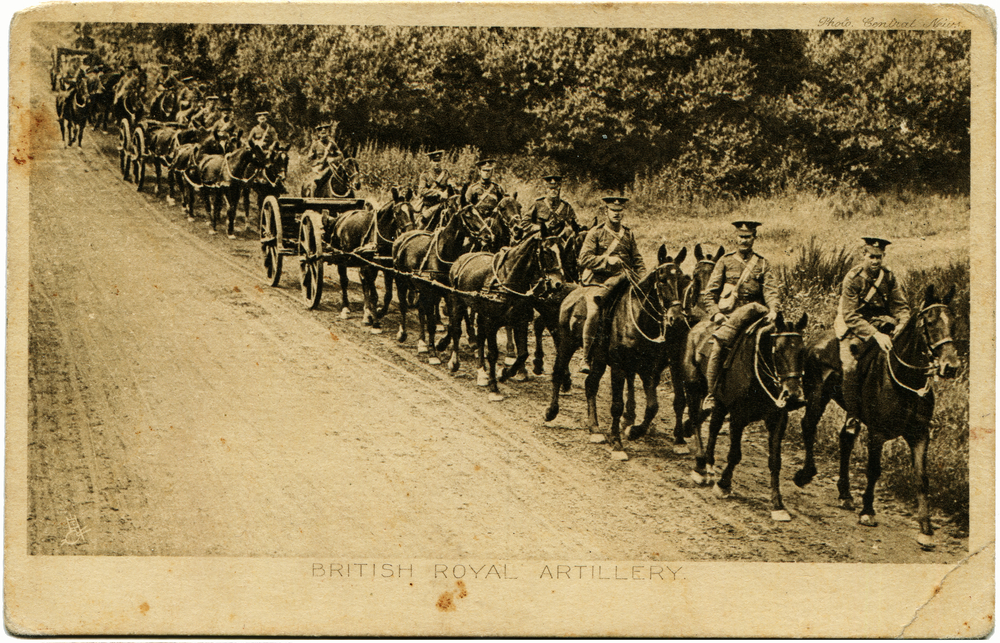


You must be logged in to post a comment.